Views: 69 Author: Site Editor Publish Time: 2025-06-04 Origin: Site
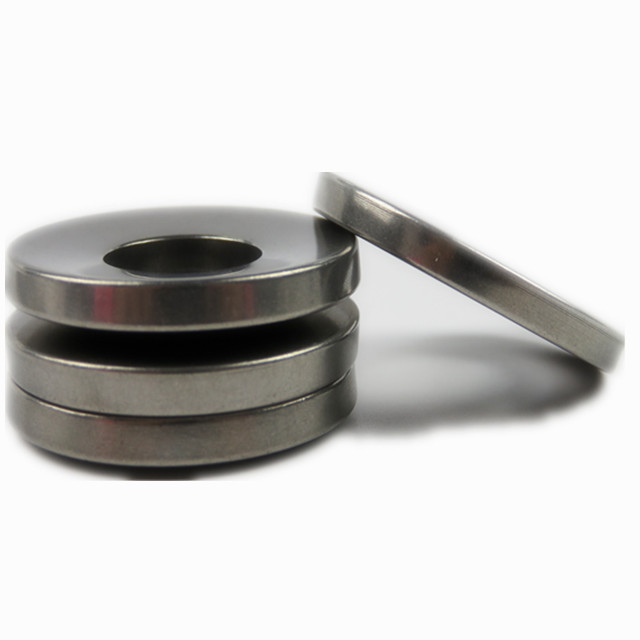
Disc springs shall not have burrs, cracks, scratches, or other defects detrimental to their use on the surface, as these would significantly impact the product's performance. Therefore, the surface of disc springs generally requires surface treatment. So, how many types of surface treatment methods are there for disc springs? The treatment methods include phosphating, Dacromet, bluing, polishing, Geomet, passivation, and Teflon.

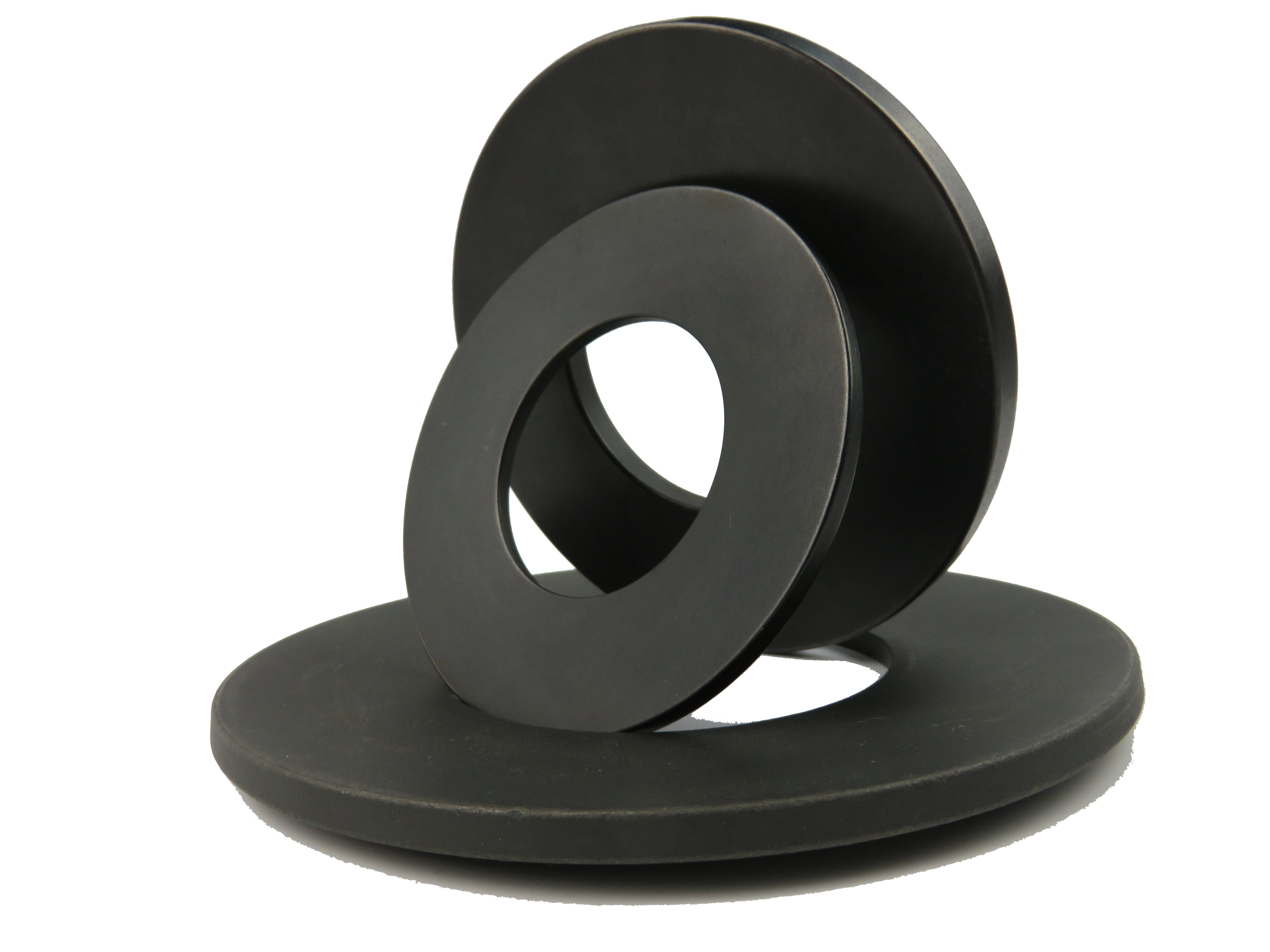
1.Phosphing
Phosphating treatment can provide protection for the base metal of stamped parts, being one of the chemical conversion coating methods that prevents metal corrosion to a certain extent. Under appropriate conditions, treating metal with a solution of soluble phosphates or a mixture of phosphates and phosphoric acid is used as a primer before painting, forming an insoluble film on the metal surface. The resulting film exhibits excellent rust-proof effects and enhances the adhesion of the paint film. When applied in the cold stamping process of metal stamped parts, this film layer also serves as a lubricant, improving the cold rolling workability of the metal. It is primarily used for treating ordinary low-carbon steel and aluminum products. A single phosphate film does not provide sufficient protection for steel, whereas a system combining phosphate film and paint film offers superior protective performance.

2.Blueing
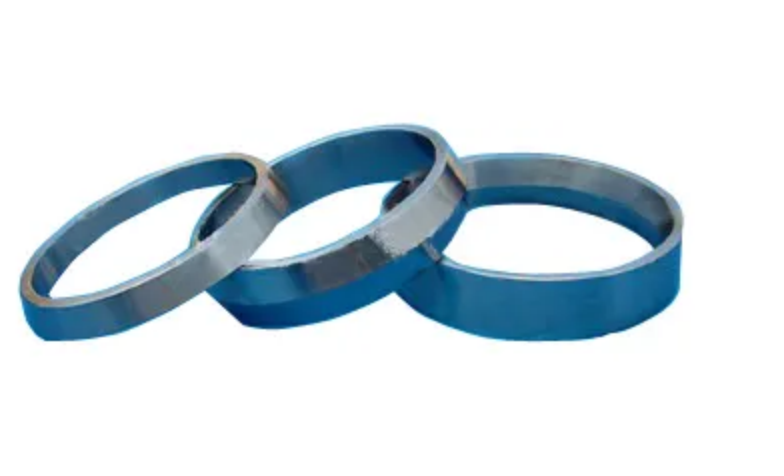
To enhance the rust resistance of steel components, the alkaline oxidation method or acidic oxidation with strong oxidizing agents is employed to oxidize the steel surface into a dense and smooth layer of iron oxide (Fe3O4). This process forms an oxide film on the metal surface to prevent corrosion, with the thin Fe3O4 layer effectively protecting the interior of the steel from oxidation. When oxidized at high temperatures (approximately 550°C), the resulting Fe3O4 appears sky blue, a treatment known as bluing. Conversely, oxidation at lower temperatures (around 130°C) produces a dark black Fe3O4 layer, referred to as blackening. The primary objective is to create a protective oxide film on the spring surface, which offers advantages such as an aesthetically pleasing color, excellent lubricity, strong resistance to dry gases, no impact on spring dimensions, and the absence of hydrogen embrittlement.
In the arms industry, bluing is commonly used, whereas blackening is more prevalent in general industrial production.
The key to successfully oxidizing iron into a dense and smooth Fe3O4 layer lies in selecting the appropriate strong oxidizing agent. Such agents typically consist of sodium hydroxide (NaOH), sodium nitrite (NaNO2), and trisodium phosphate (Na3PO4). During bluing, these compounds are applied in a molten state to treat the workpiece, while blackening utilizes their aqueous solution for the same purpose.

3.Polish
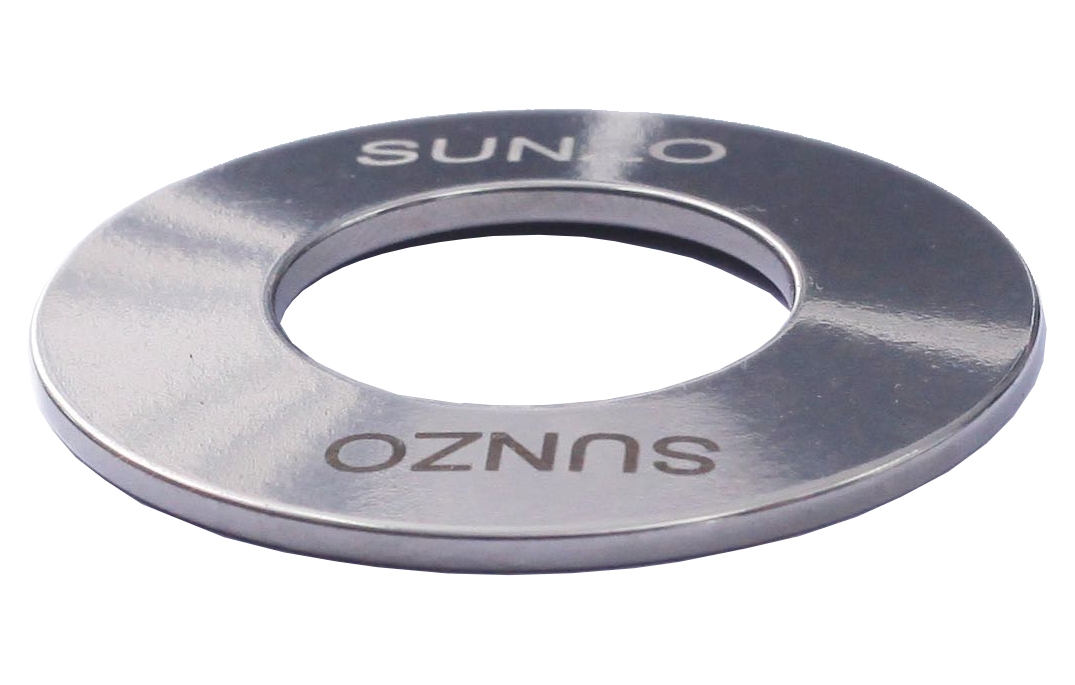
During the production and processing of stainless steel, minor scratches are inevitable. Polishing can fill surface pores, scratches, and other surface defects, thereby improving fatigue resistance and corrosion resistance. It effectively enhances the smoothness and brightness of the product. Depending on the complexity of the process and varying user requirements, different polishing methods can be employed, including mechanical polishing, chemical polishing, and electrochemical polishing, to achieve a mirror-like finish. After the stainless steel kitchen countertop undergoes polishing treatment, a protective film forms on the surface. This film better isolates reactive molecules such as water and air from chemical reactions, making the countertop more resistant to corrosion, acids, and alkalis, less prone to chemical reactions, and significantly extending the product's service life.

4.Geomet
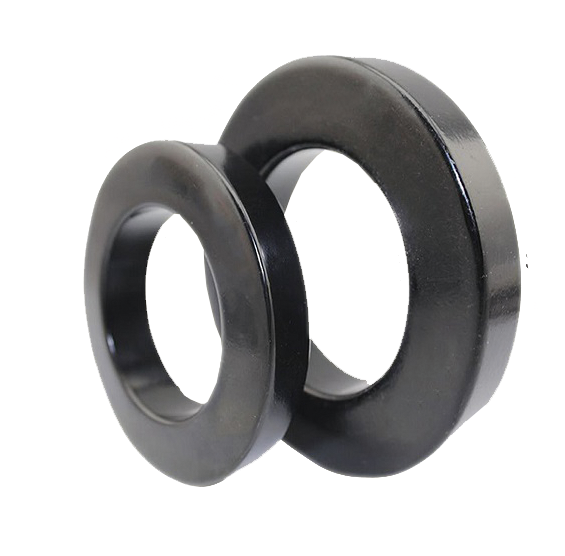
Geomet is a new surface treatment technology developed by the American company MCI to meet the environmental requirements of government VOC regulations and automotive industry standards. As a chromium-free alternative, the Geomet coating has been widely recognized and adopted by the automotive manufacturing sector as the next-generation replacement for Dacromet coatings.
**Corrosion Protection Mechanism**
The Geomet coating exhibits a matte silver-gray appearance, with a slightly duller luster compared to Dacromet coatings. It is an inorganic coating that encapsulates ultra-fine zinc flakes and aluminum flakes within a specialized binder matrix.

5.Passivating
The process of forming a thin oxide layer on the metal surface, which significantly reduces the corrosion rate of the metal. When the metal dissolves under passivation conditions, a dense and well-covered solid substance is generated on the surface. This substance forms an independent phase, known as the passivation film or phase film, which mechanically isolates the metal surface from the solution, greatly reducing the dissolution rate of the metal and rendering it passive. The metal surface does not necessarily require the formation of a solid product film to achieve passivation; instead, passivation can occur as long as an adsorption layer of oxygen or oxygen-containing particles (such as O²⁻ or O⁻) forms on the surface or part of the surface. Although this adsorption layer is only a single molecular layer thick, the adsorption of oxygen on the metal surface alters the interfacial structure between the metal and the solution, increasing the activation energy of the electrode reaction and reducing the reactivity of the metal surface, thereby leading to passivation.

6.Dacromet
Dacromet is a transliteration and abbreviation, also known as Dacromet, Dacrotized, or Dicroid. Domestically, it is named zinc-chromium coating, a new type of anti-corrosion coating primarily composed of zinc powder, aluminum powder, chromic acid, and deionized water. American scientist Mike Martin developed a highly dispersed water-soluble coating mainly consisting of metallic zinc flakes, with the addition of aluminum flakes, chromic acid, and deionized water as solvents. The coating adheres to the metal substrate and undergoes a fully enclosed cyclic coating and baking process, forming a thin film. The Dacromet coating successfully resists chloride ion erosion, elevating anti-corrosion technology to a new level and overcoming the short lifespan defect of traditional anti-corrosion processes.
Dacromet is a novel surface treatment technology. Compared with traditional electroplating processes, Dacromet is considered "green plating." It exhibits superior corrosion resistance, no hydrogen embrittlement, high heat resistance, excellent adhesion and recoating performance, good permeability, and no pollution or public hazards. Critical structural components and fasteners treated with Dacromet coating technology become reliable, durable, and aesthetically pleasing.

7.Teflon
Teflon is a term that emerged in the late 20th century, and many people became familiar with it through non-stick pans, leading to the misconception that Teflon is solely used as a coating for non-stick cookware. Indeed, non-stick pans represent just a minor application of Teflon. The principle behind the Teflon coating in non-stick pans involves using Teflon micropowder (emulsion), which is melted through high-temperature heating to spread evenly across the pan's surface.
Teflon coating is a unique industrial paint with exceptional properties unmatched by other industrial coatings. Teflon exhibits outstanding heat resistance (180–260°C), low-temperature tolerance (–200°C), and dielectric performance, among other characteristics. It boasts the highest working temperature (260°C) and the best chemical stability, with no chemical substances—except molten alkali metals, high temperatures, and difluorine gas—capable of corroding it. Additionally, it has excellent weather resistance, typically enduring outdoor use for 10–30 years.
With a low coefficient of friction, Teflon demonstrates superior lubricity, particularly self-lubrication. Furthermore, it exhibits almost no adhesion to other substances.